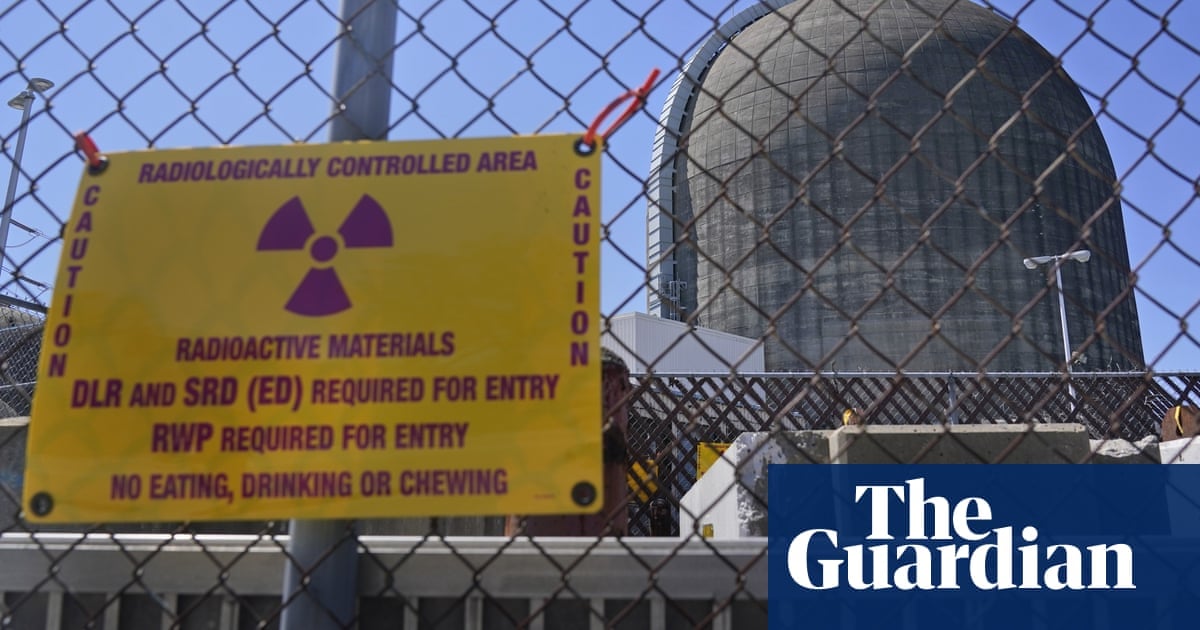- cross-posted to:
- nyc@lemmit.online
- cross-posted to:
- nyc@lemmit.online
Shuttering of New York facility raises awkward climate crisis questions as gas – not renewables – fills gap in power generation
When New York’s deteriorating and unloved Indian Point nuclear plant finally shuttered in 2021, its demise was met with delight from environmentalists who had long demanded it be scrapped.
But there has been a sting in the tail – since the closure, New York’s greenhouse gas emissions have gone up.
Castigated for its impact upon the surrounding environment and feared for its potential to unleash disaster close to the heart of New York City, Indian Point nevertheless supplied a large chunk of the state’s carbon-free electricity.
Since the plant’s closure, it has been gas, rather then clean energy such as solar and wind, that has filled the void, leaving New York City in the embarrassing situation of seeing its planet-heating emissions jump in recent years to the point its power grid is now dirtier than Texas’s, as well as the US average.



No nuclear plants were shut down in 2022. Emissions rose because gas was expensive and more coal was burned as a result. The downward trend has since resumed.
In 2023, Germany imported about 12 TWh from France which is about 2% of the total power consumption. Germany tends to export more energy than it imports. Imports and exports are a very normal thing because of the European power grid.
France has its own set of problems with all their nuclear power, namely very high (tax funded) maintenance costs and lack of cooling water in the dry summers.
Import/export is of course a very normal thing. However I bet those imports were mostly during winter and exports during summer. Again, it’s not a problem of averages, it’s a problem of peaks happening mostly during winter. If there is a windless day during winter, Germany would either have to import a lot of energy or burn tons of coal and gas.
Of course France’s nuclear power plants are not without issues, but look at the CO2/pollution emission map for Europe.